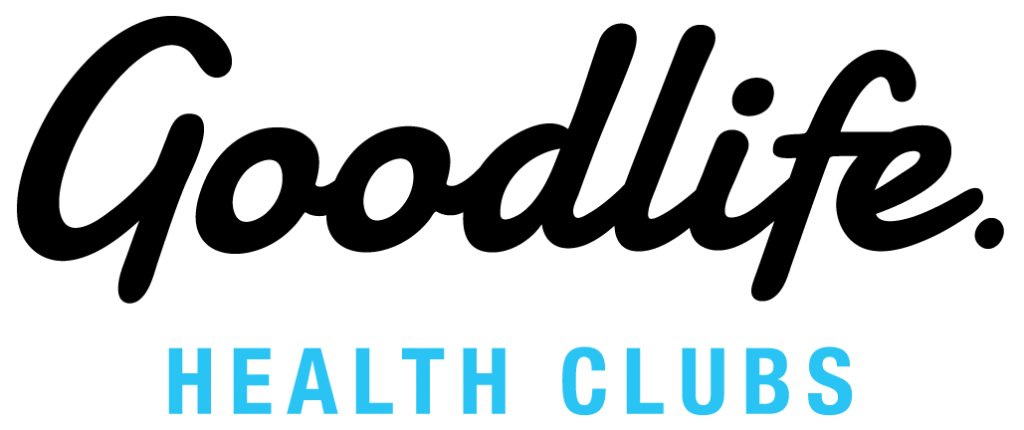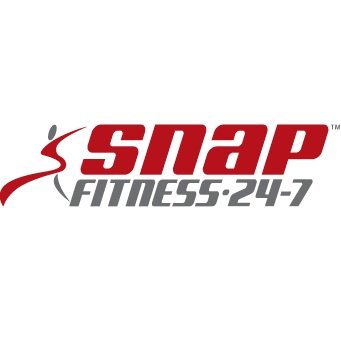Brand Experience








INTRO TO SEO FOR FITNESS BUSINESS WEBSITES
02 September, 2019
Search Engine Optimisation (SEO). Sounds complex right? It can take a little bit to get your head around, but basically, SEO are steps that you can take to improve your Google search ranking organically (without paying for an advertisement). That is when someone searches for something on Google, how close your fitness business appears towards the top. Since 75% of people won’t look past the first page of Google search results, getting your fitness business front and centre on the results page is super important stuff!
Google is the biggest player in the world of search, so we are just going to concentrate on them throughout this article, as that is where the majority of searches are taking place worldwide, every day.
So let’s say a prospective customer types in ‘Fitness Centre Near Me’. Google then has to trawls millions of sites (when I searched this exact term it searched 373,000,000 sites) to deliver the most relevant answers back to its user.
So how does it do this and how does it determine who gets to come first? Well, it has an extremely complex algorithm in place. It wants to provide its users with a positive experience and ensure that it provides back to them the most relevant websites.
Therefore when it trawls the websites the main things it is looking for include:
- A high-quality website that matches the user’s search terms
- Relevant information that relates to the key search terms the user has entered
- A trustworthy and well-established website
- Existing user data – how many people are engaging with this site, how long are they visiting it for, are they navigating through the site or simply bouncing straight out
- Valuable and unique content
So based on those key points above, there are some very simple steps you can take as a fitness business website owner to help improve your SEO ranking. Here are some things for you to action:
- Keyword Research – Firstly you can identify what search words people are using to try and find local gyms/personal trainers in your area, including your business. There are free programs such as SEM Rush that will help you do just that. You will want to select some key search terms to focus on, and these search terms should be selected based on:
-
- Search volume – how many people are searching for that term each month
- Competition – how many other businesses are you competing with to get those top stops on Google search results
- Relevancy – obviously you want to be targeting people who are searching for something relevant to your business i.e. personal trainer in <suburb>
Now it may be tempting to pick every single search term available but you need to narrow it down as much as you can, based on the key factors above.
- Adding search terms to your website – now you can strategically implement those chosen search terms within your copy on each page of your website. It must be natural and don’t overdo it. We recommend only concentrating on one search term per page of your fitness website, or a maximum of two search terms. For example, your search term may be ‘personal trainer in Robina’, so your introductory paragraph on your website could read. Are you looking for a personal trainer in Robina? Well, we have been servicing clients for over 10 years. Further down you might say ‘clients come to us because they have been searching for a personal trainer in Robina that truly understands their goals, and can help them reach them in a supportive environment’. See how natural that integration was.
- Blogs and articles are an easy way to include search terms on your site and have valuable information specifically relating to them. This is why many people implement them on their fitness website. If ‘nutritional advice Robina’ was a popular search term, then imagine how easy it would be to write a whole blog about it, and post it on your website so Google would consider it as one of their search page results. Google will also value that you are placing unique quality content on your site, and aside from Google you are crediting great pieces of content to promote across your channels, and positioning yourself to prospective clients as experts in all things relating to health & fitness.
- File Names & Alt Tags on your Images – Make sure your website images have been named to also match these search terms you have identified. The filename of your photo may be Rob Burns_Personal Trainer in Robina and your alt-tag may be personal-trainer-robina. This is important because Google, as it crawls your webpage, cannot ‘read’ the relevancy of an image to a search term, and therefore it looks at the descriptions of the image in the coding instead.
- Internal Linking – Links are another important piece of the puzzle for when Google is searching through your site content. It doesn’t want to read a page and then hit a dead end and not know where to go next. They want their users to have a good experience and be able to navigate through your fitness business website to find the information they need. So make sure your pages all linked to one other i.e. on the homepage have a link to your services, on your services page has a link to your about us page, then on to your contact us pages, and so on. Not only is this providing Google with what it needs when it crawls, it’s also actively encouraging visitors to your site to navigate around and read all the information – so they will likely spend longer engaging on your site…which as I mentioned in the beginning is another win according to Google’s view of your fitness business website quality.
- Outbound links to reputable sites make your ranking more powerful (and are higher up on the list of SEO importance according to Google). If someone has written an online article about your gym for example, and they include your website link in the article, that would be a big tick of approval for Google. Likewise, you should include links to sites from your content. In the fitness industry, some easy links may be to peak fitness industry bodies, or within articles and blogs, you may mention fitness industry experts or where users can find relative information. Note that in a few tips I have linked to SEM Rush as a quality SEO service tool provider.
- User experience – your site should be responsive for desktop and mobile users, be fast loading, not have any broken links, no excessive advertising, and no plagiarised copy. Several tools such as SEM Rush will run a free website health check for you through their platform, and make recommendations on what changes need to be made to improve website health and of course, improve SEO ranking.
We hope you have found this blog useful as an intro to SEO. It is an industry that continues to grow, and it can make a huge difference to your fitness business marketing if done right. If you would like to read up further on SEO then we can recommend the articles below:
https://moz.com/beginners-guide-to-seo
https://mangools.com/blog/learn-seo/
The greatest advantage to SEO is it doesn’t cost anything other than your time to implement changes to improve your ranking, and it means the little guys can easily outperform the big guys which is a great win for smaller fitness businesses.
Happy Google ranking!
P.S Did you take note of what our search term was for this blog? ‘Fitness Business Website’ is mentioned four times throughout.




